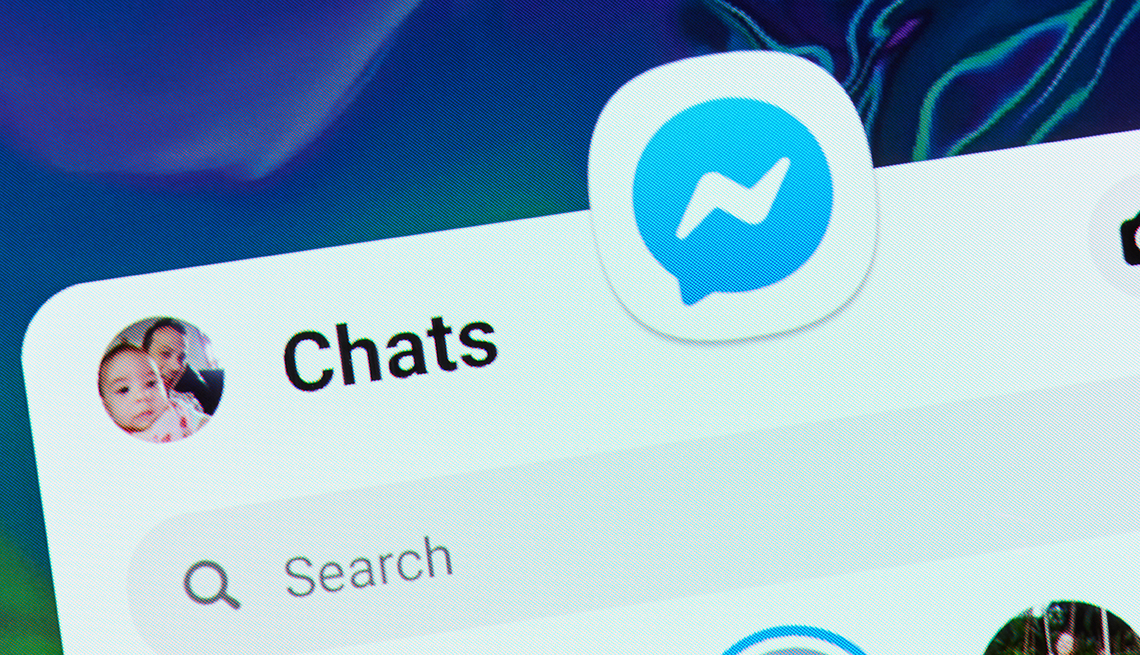


The end-of-life announcement has widespread impact on developers, enterprises, and consumers using specific OS environments or browsers, and Adobe has worked with an array of technology partners (including Apple, Facebook, Google, Microsoft and Mozilla) to prepare for EOL. That, and the emergence of open standards (like HTML5, WebGL, and WebAssembly) that serve as viable alternatives for Flash content has prompted Adobe to hit the kill switch on the software. Users will be prompted by Adobe to uninstall Flash Player on their machines later this year and Flash-based content will be blocked from running in Adobe Flash Player after the EOL Date.”įlash is known to be a favorite target for cyberattacks, particularly for exploit kits, zero-day attacks and phishing schemes. “We recommend that all users uninstall Flash Player before the EOL date (see manual uninstall instructions for Windows and Mac users).

“Adobe will not issue Flash Player updates or security patches after the EOL Date,” according to Adobe. 31, it will freeze updates for Flash, remove Flash Player download links from its website, and block Flash-based content from running in Adobe Flash Player. In a new post on its Adobe Flash Player EOL information page, Adobe said that after Dec. Adobe first announced in July 2017 that it will no longer update or distribute Flash Player as of the end of 2020. The End of Life (EOL) timeline has been a long time coming. 31, 2020 kill date quickly approaching, Adobe said that it will start prompting users to uninstall the software in the coming months.


 0 kommentar(er)
0 kommentar(er)
